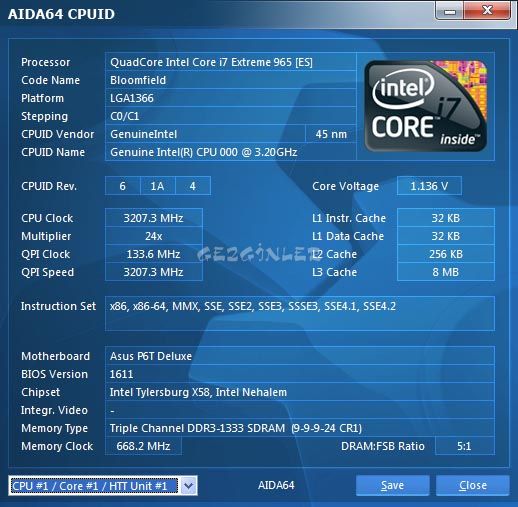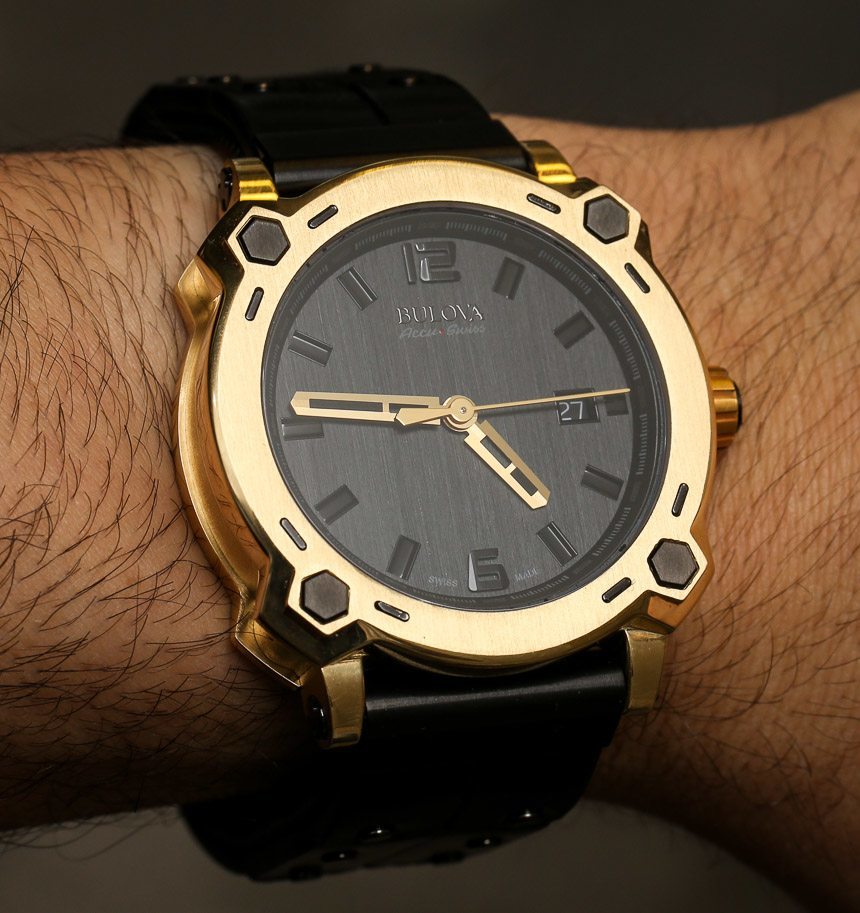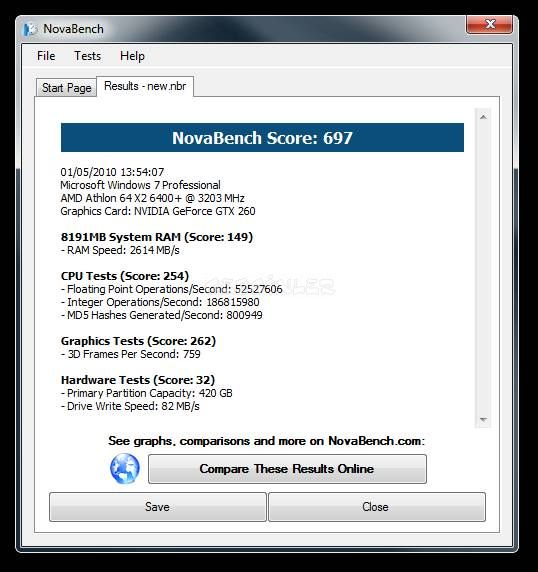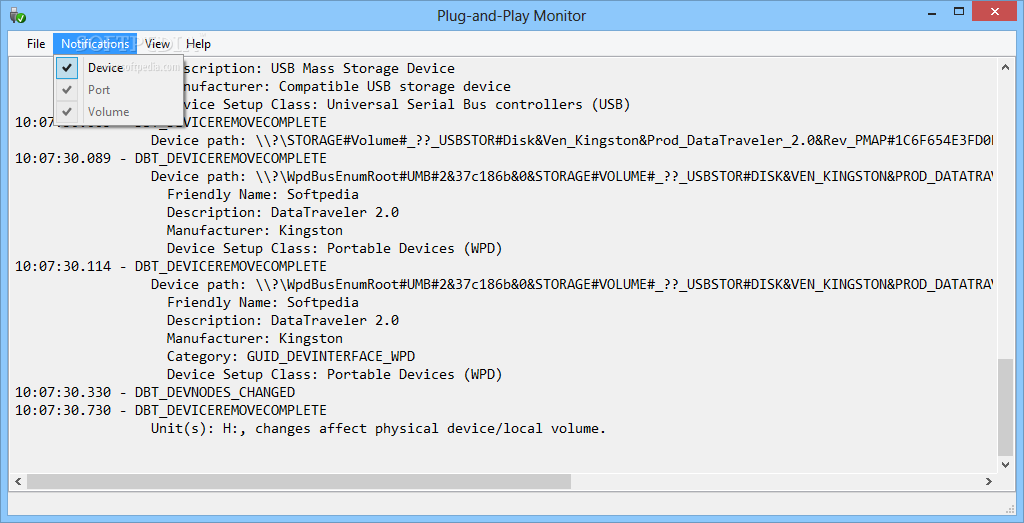Intent To Use Trademark Practice
Data: 3.09.2018 / Rating: 4.6 / Views: 530Gallery of Video:
Gallery of Images:
Intent To Use Trademark Practice
Intenttouse trademark applications must include a declaration indicating that the owner has a bona fide intent to use the mark in U. commerce for the products and services in the application. Trademark Examining Attorneys will be governed by the applicable statutes, the Trademark Rules of Practice, decisions, and Orders and Notices issued by the Under Secretary of Commerce for Intellectual Property and Director of the United States Patent and Trademark Office. The present interpretation of Section 1, Article 3 of the Japanese Trademark Law is that only trademarks that are currently in use or will be in use in the near future can be registered. Buy IntentToUse Trademark Practice by Phillip H. Smith (ISBN: ) from Amazon's Book Store. Everyday low prices and free delivery on eligible orders. Trademark Law Practice Forms comprises six comprehensive volumes and an optional CDROM. The set provides rules, forms, practice tips, and commentary to establish a. Potential Drawbacks to Filing an Intent to Use Trademark Application. Although minor, additional filings and deadlines are points to consider when deciding whether an ITU application is the right option to register your trademark. The actual use application is known as a 1(a) application, and the intenttouse is known as a 1(b) application. Both applications include the same information and require the same fee. However, the 1(a) application will also request information about when the trademark was first used. Browse and Read Intent To Use Trademark Practice Intent To Use Trademark Practice The ultimate sales letter will provide you a distinctive book to overcome you life. Send Inquiry; Intent to Use Trademark Application If you are not using the name in commerce at this time. We will process your intent to use application, it will then go on the. Demonstrating an Intent to Use for Trademark Applications By: Jeremy M. Roe Prior to November 1989, applicants were required to initiate use in commerce of its mark prior to filing a trademark application with the United States Patent and Trademark Office (USPTO). Companies acquiring trademarks must beware of potential problems lurking with intenttouse (ITU) trademark applications (or applications which started as ITU applications), such as improper assignment or lack of a bona fide intent to use the mark. The Trademark Trial and Appeal Board (TTAB) recently determined that the trademark applicant did not satisfy its burden to come forward with documentary evidence of a bona fide intent to use the mark in commerce and granted the opposers motion for summary judgment. Designed to prevent trafficking in trademarks, Section 10 of the Trademark Act, 15 U. 1060, prohibits the assignment of an intenttouse trademark application before a party has filed an acceptable amendment to declare use or statement of use of the mark (except to the successor to the business of the trademark applicant, or to the. Unlike the United States, in China there is no prioruse or intenttouse requirement needed before registering a trademark nor are common law rights recognized. In other words, any party, whether or not it intends to use the mark in the stream of commerce, may register a trademark in China. Note: Citations are based on reference standards. However, formatting rules can vary widely between applications and fields of interest or study. The specific requirements or preferences of your reviewing publisher, classroom teacher, institution or organization should be applied. Can I file a trademark application before I start using the mark in commerce? What is a 1(b) trademark application? LEGAL DISCLAIMER: Kristen Roberts is licensed to practice. Intent to Use Trademark Application June 23, 2014 In the United States, there are two bases by which a party may file a trademark registration application: (1) actual use or (2) intent to use. INTA Bulletins Law PracticeNorth America Subcommittee. the Board ruled acquired distinctiveness can be transferred to an intenttouse trademark in the same manner it can be transferred to a usebased application. However, the Board emphasized that the 1(b) [intenttouse applicant must make a rigorous showing that the acquired. IntenttoUse (ITU) Trademark Application Definition. An application filed under the Lanham Act by a party reserving a mark for seniority purposes and alleging a bonafide intent to. That application is an intenttouse application, also known as a 1(b) application (after the Lanham Act section in which it appears). In an intenttouse application, the filer requests a mark for certain goods or services and then certifies to the USPTO that it has a bona fide intent to. Avoid Overbroad IntentToUse Applications. The second take away is that it is generally a bad idea to register a trademark in connection with a laundry list of goods or services. Equally untoward is registering similar marks in bulk when one intends to only use one mark in the future. Statement of UseAmendment to Allege Use for IntenttoUse Application [ This is the direct link to the electronic form. Use this form only if you have already filed the initial TrademarkServicemark Application based on an intenttouse the mark in commerce under Section 1(b). Written by: Susan Neuberger Weller For many years now, the US Trademark Office has accepted trademark applications based upon a bona fide intent to use the appliedfor mark on all the goods andor to provide all of the services listed in the application at the time of filing. upon a bona fide intent to use (ITU). An ITU application will not become a was to eliminate the practice of token use, or use made solely to reserve rights in a mark. trademark law) provides that a mark shall be deemed nonuse of the trademark depending upon the length of the nonuse, the. Intent and Trademark Infringement Alfred C. Yen Boston College Law School, then at least in practice, a nearly unrebuttable presumption of likelihood of confusion. As a historical matter, certain unfair competition actions did, at one time, its use. First, intent should affect the outcome of a trademark infringement case IntenttoUse Trademark Applications and Security Agreements White Case Technology Newsflash The document that provides the lender with the security interest in the specific assets or property that is pledged as collateral is called a security agreement. The language in the Trademark Act is very clear on the issue of assignment of intenttouse applications. While the option of filing an intenttouse trademark or service mark application Mintz Levins Intellectual Property Practice. Actual use means that a person or business is using the trademark on products sold in commerce or associating the trademark with services in advertising or marketing. Since 1989, the USPTO has allowed applicants to file for trademark registration based on the bona fide intent to use (ITU) their mark. This is undoubtedly an important year for the maintenance of trademark registrations in Cape Verde2018 marks the commencement of the filing of declarations of intent to. Jump to navigation Jump to search. Intellectual property; Primary rights It is a general practice to hire a trademark lawyer to file the application on behalf of the future owner. Once the application is filed, it sits in a queue for a few months. in Buy IntentToUse Trademark Practice book online at best prices in India on Amazon. Read IntentToUse Trademark Practice book reviews author details and more at Amazon. Free delivery on qualified orders. Trademark applications intenttouse (ITU) basis If you have not used your mark in commerce yet, but have a good faith intention to do so in the future, you can file an application to register your trademark or service mark under an intenttouse (ITU) filing basis. There are two main types of trademark applications that may be filed with the USPTO: 1. ) a Use in Commerce application; and 2. ) an Intent to Use application. An Intent to Use (ITU) trademark application is the correct application to file when the applicant has not started using the proposed trademark in commerce. A trademark application in the name of the mark identifying the goods or services or the trademark clearance search for the same, without more will not be sufficient evidence of an applicants bona fide intent to use the mark in commerce. Enter your mobile number or email address below and we'll send you a link to download the free Kindle App. Then you can start reading Kindle books on your smartphone, tablet, or computer. Complainants cannot claim standing for intent to use applications since the first use in commerce is prospective. This applies to both the UDRP and the ACPA. While trademark registration on the Principal Register is prima facie proof of validity and some consideration is given to registrations on the Supplemental Register on proof of acquired. Filing an intent to use trademark helps the applicant avoid a potential claim of trademark infringement, which sometimes occurs where an applicant files an application based on a current use in commerce and a third party common law user discovers the applicant. Intent to Use Trademark Applications. An intent to use trademark application can help to protect your businesss brand before the business has even started. Intellectual property is a very valuable asset for many businesses. Intellectual property is your businesss brand; the name, logo, slogan, color scheme, fonts, designs, and images, just to name a few. Also, to file an ITU application, you only need a bona fide (good faith) intent to use the trademark in the future. Another nice feature of ITU practice is you will generally know in about four (4) months from filing whether the trademark examining attorney at the USPTO will approve your mark. Licences in OHIM Practice Verena von Bomhard, Hugh ONeill, and Anat Paz BONA FIDE INTENTTOUSE STANDARD. The Trademark Law Revision Act of 1988. effected a dramatic change in the Lanham Act by permitting the filing of trademark registration applications based on an intent to use a mark in commerce. Home Almost Advice When Intent Matters in Trademark Matters. When Intent Matters in Trademark Matters By Steve Baird on October 28th, 2013 Posted in Almost Advice, Articles, Counterfeits, Domain Names, Fair Use, Infringement, Law Suits, Trademark Bullying, Trademarks. One of the unfortunate aspects of trademark practice is the permission that exists in the law to challenge the motives and. actual usethe first to use the trademark on a product that is distributed in the marketplace or, in the case of a service mark, the first to use the mark in connection with advertising or marketing of a service available to the public, or intent to usethe first to file an intentto use. Our trademark practice is an integral part of our overall practice and, consequently, many of the firms members and senior counsel spend a significant portion of. Combine all these factors the lack of any requirements to affirm intent to use or show use before a mark is approved for registration, comparativelylow cost to obtain rights, firsttofile system, and the ease of buying and selling trademarks and what a foreign brand owner is faced with is a massive trademark auction environment. IntentToUse Trademark Practice This guide takes you through the ITU process, including initial client consultation on development and marketing issues, all clearance and registration procedures, opposition, and protection of rights under ITU law. Trademark Law (known as the Lanham Act) has long required applicants seeking a registration of a trademark before actual use of the mark in commerce to have a bona fide intention to. of token use or use made solely canadian use in a trade mark application at the time of buy intent to use trademark practice by phillip h smith isbn from amazons book store everyday low prices and free delivery on eligible orders actual use vs intent to use trademarks you can file an intent.
Related Images:
- Elmer The Elephant Printables Pictures
- Craigslist bot pro
- Human Services Case Worker Exam Study Guide
- Karaoke pop march
- Military Classified Col
- Kendrick lamar look out for detox
- Snk arcade classic vol
- Bobs burgers dvdrip
- Carry me home
- The iron man pete townshend
- La momie francais
- The dust brothers
- Why Coyote Howls At The Moon
- Transformer behind the scene
- Current medical diagnosis and treatment
- Brooks and dunn hard workin man
- The django unchained
- The House on Carroll Street 1988
- Adobe photoshop cs6
- Phineas and Ferb Across the 2nd Dimension
- Blackberry desktop manager 7
- Logo Design Studio Pro
- Dark Parables The Little Mermaid
- CyberCafePro
- User Manual Bajaj Food Processor Fx11
- George the jungle 2
- Mark lauren joshua clark vjezbajte bez sprava
- The express fr
- Weather app android
- Fit and fine
- Movie 127 hours
- U 571 hindi
- Rookie Blue Season 5
- Touching Spirit Bear Test Answer Key
- Lupin iii fujiko to
- Lily open fire
- Teori perkembangan psikososial erik erikson pdf
- The Hawker Hunter A Comprehensive Guide
- Summer brielle pic
- South park movie 1999
- Guerlain a dream body
- Ba 1st Semester Exam Routine
- Transformer 1 ita
- The Art Of The Soundcheck By M Erik Matlock
- Birthday song 2
- California Driver S License Manual In Spanish
- Instructional Manual Of Rice Seeder
- Foo Fighters Back and Forth
- Cost a thing
- The saga of the swamp thing
- Call of duty black ops zombie
- Tokyo ghoul 04
- Temple of the dog temple of the dog
- Britney spears work b ch
- Free Repair Manual 93 Honda Prelude
- Episodes episodes 1
- Freestyle dont stop the rock
- Culture and values
- Kenwood Kac 626
- Expendables 3 dual audio hindi
- The smurf 1
- Singapore tax workbook
- El hombre que vendia tiempo personajes
- Active skills for reading book 4 answer key
- Syphon filter iso
- Happy Wheels Full Game Unblocked
- Vampire knight soundtrack
- Pulse 3 hindi
- Sadhguru Jaggi Vasudev Tamil Books Free Download Pdf
- The leftovers s01 1080p hdtv
- Whale Rider 2002
- Mission impossible saga
- The Boy In The Striped Pajamas Chapter Questions
- Oscars 2018 720p
- The proclaimers flac
- Sailor crystal horriblesubs 1080
- The business soundtrack
- Drum n bass dub
- Empire boardwalk s01e0
- Best hd songs
- El Ayuno Fasting Spanish Edition
- Natalie Imbruglia Counting Down The Days
- The mann torrent












